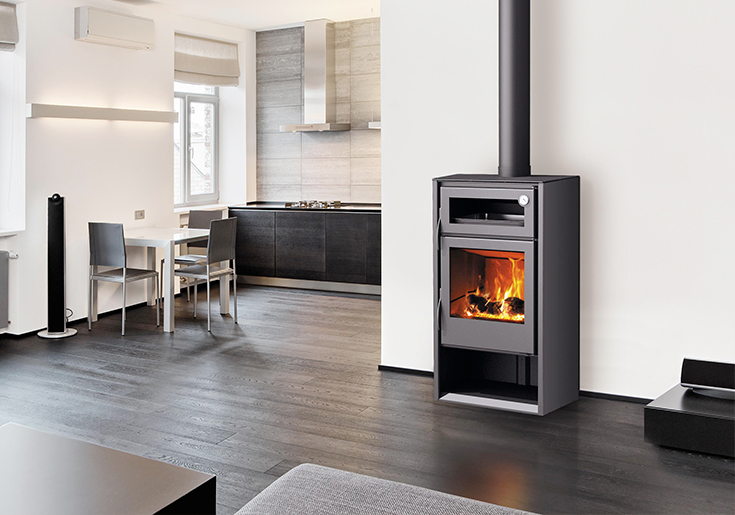
por Marketing | 21 Jul, 2016 | Actualidad
Ya ha llegado el verano, la estación más esperada del año por gran parte de la población. Y no solo por el buen tiempo, sino también por las ansiadas vacaciones. Sin embargo, habrá quien se pregunte qué utilidad puede sacarle a su estufa de leña en esta estación del año…¡estad atentos! (más…)
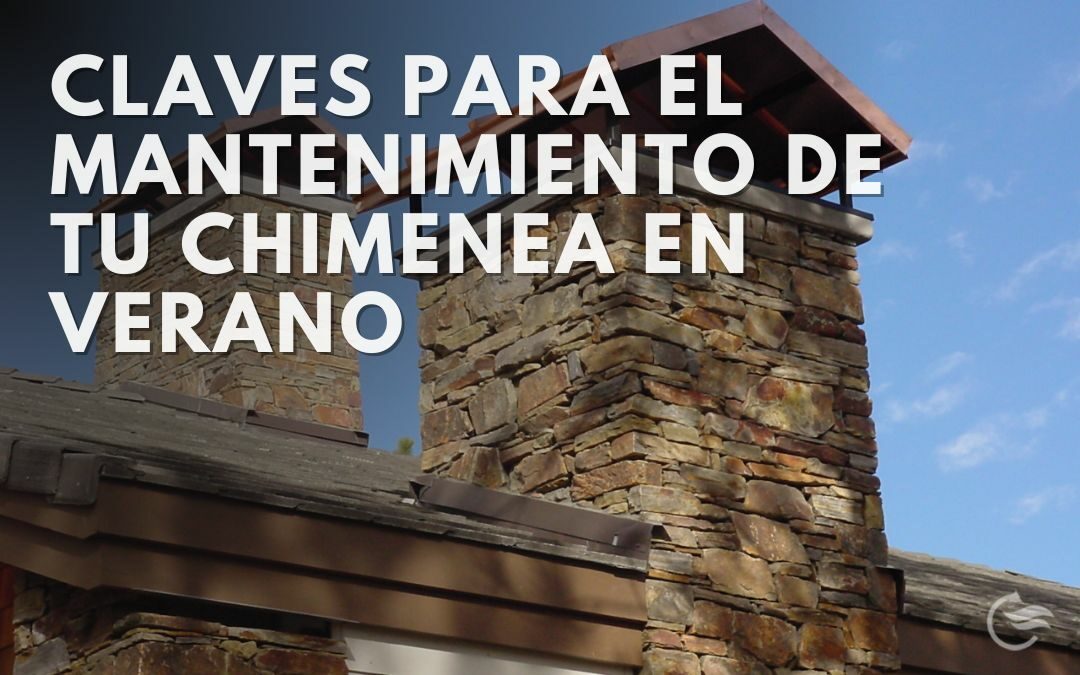
por Marketing | 21 Jul, 2016 | Actualidad, Consejos estufas y chimeneas
Las chimeneas necesitan una serie de mantenimientos y cuidados para que siempre funcionen como el primer día y evitar peligros que pueda acarrear un mal mantenimiento de la misma. Su cuidado no necesita grandes esfuerzos o requerimientos, no obstante sí que es recomendable seguir una serie de pautas para mantenerla en buen estado, lo ideal es hacer el mantenimiento de la chimenea antes de la época de frío, como por ejemplo en verano. (más…)
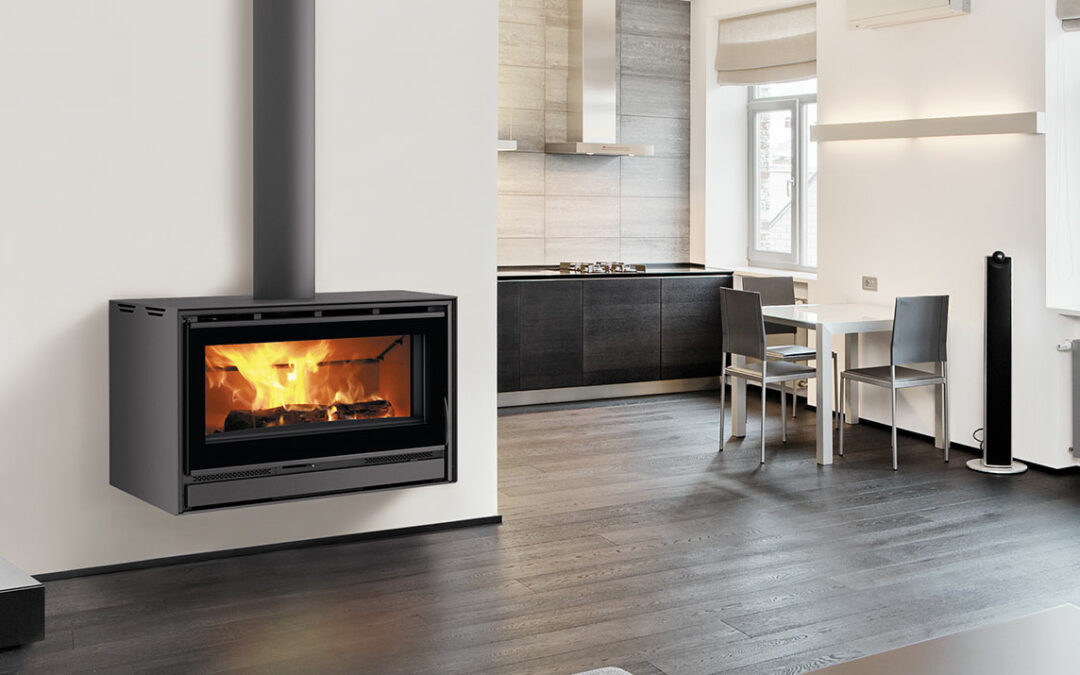
por Marketing | 20 Jul, 2016 | Actualidad, Recomendaciones
Si has decidido instalar una chimenea en tu hogar, te recomendamos no esperar y actuar antes de que el frío llegue. Esta época es la mejor para estudiar y valorar las diferentes posibilidades que ofrece el mercado en cuanto a chimeneas, y decidir la instalación de la misma. Con una planificación previa podrás elegir el mejor modelo que se adecua a tus necesidades, proceder a la instalación del mismo (que en la mayoría de los casos requiere de obrar) y disfrutar del mismo cuando llegue el primer día de frío. (más…)
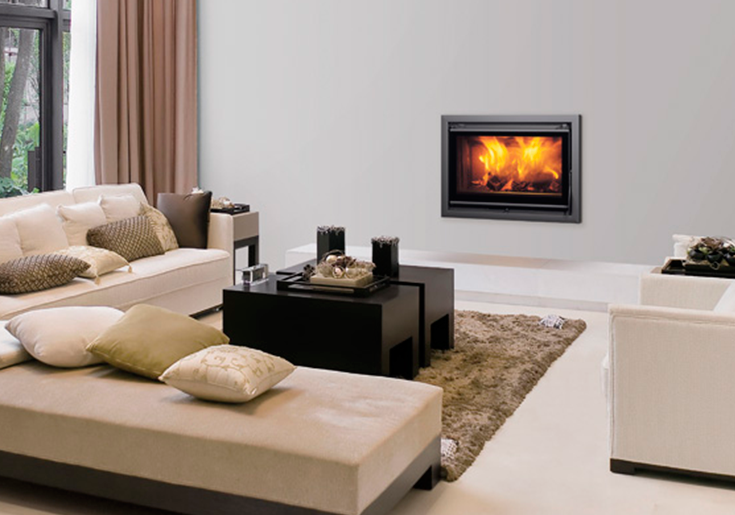
por Marketing | 19 Jul, 2016 | Actualidad
Cuando nos planteamos el tipo de calefacción que queremos para nuestro hogar, las opciones que se nos presentan son diversas: sistemas de climatización, calefacción a gas o gasoil; eléctrica; o bien chimeneas o estufas, entre otros. El decantarnos por una u otra depende de muchos factores. (más…)
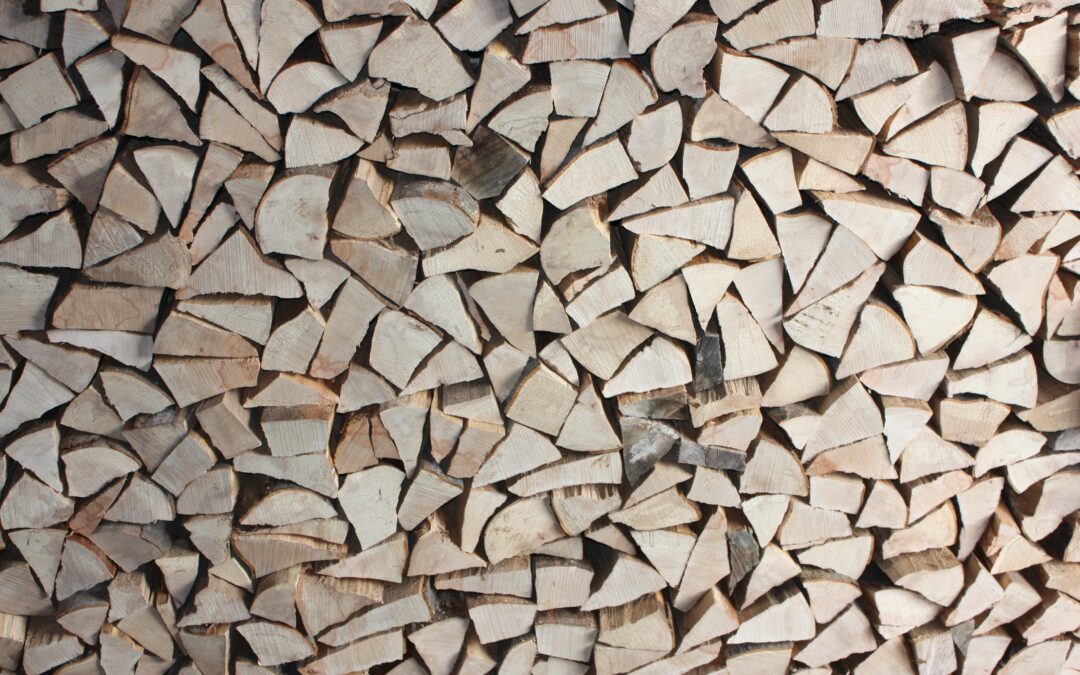
por Marketing | 6 Jul, 2016 | Actualidad
En Carbel sabemos que las estufas de leña son uno de los sistemas preferidos para calentar tu vivienda, sin embargo también son estas las que presentan una mejor eficiencia energética. De esta manera, con el mantenimiento adecuado y unas revisiones periódicas podemos conseguir una eficiencia energética óptima. Una eficiencia que es el resultado de la combinación de nuestro producto, la leña adecuada y el correcto mantenimiento de la estufa. (más…)




